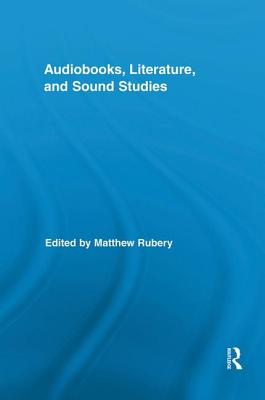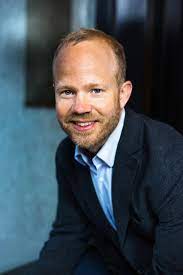

 Routledge
Routledge
Audiobooks, Literature, and Sound Studies


Key Metrics
- Matthew Rubery
- Routledge
- Paperback
- 9781138833371
- 8.9 X 6.1 X 0.6 inches
- 0.83 pounds
- Literary Criticism > Books & Reading
- English
 Secure Transaction
Secure TransactionBook Description
This is the first scholarly work to examine the cultural significance of the talking book since the invention of the phonograph in 1877, the earliest machine to enable the reproduction of the human voice. Recent advances in sound technology make this an opportune moment to reflect on the evolution of our reading practices since this remarkable invention. Some questions addressed by the collection include: How does auditory literature adapt printed texts? What skills in close listening are necessary for its reception?
What are the social consequences of new listening technologies? In sum, the essays gathered together by this collection explore the extent to which the audiobook enables us not just to hear literature but to hear it in new ways. Bringing together a set of reflections on the enrichments and impoverishments of the reading experience brought about by developments in sound technology, this collection spans the earliest adaptations of printed texts into sound by Charles Dickens, Thomas Hardy, and other novelists from the late nineteenth century to recordings by contemporary figures such as Toni Morrison and Barack Obama at the turn of the twenty-first century. As the voices gathered here suggest, it is time to give a hearing to one of the most talked about new media of the past century.
Author Bio
My work focuses on modern literature, media, and reading practices. Originally from Texas, I joined Queen Mary in 2010 after teaching in Leeds and Philadelphia for a number of years and completing my doctorate at Harvard. My books include The Novelty of Newspapers: Victorian Fiction after the Invention of the News (Oxford, 2009) and The Untold Story of the Talking Book (Harvard University Press, 2016).
Other books that I have edited or co-edited include Audiobooks, Literature, and Sound Studies (Routledge, 2011), Secret Commissions: An Anthology of Victorian Investigative Journalism (Broadview, 2012), and Further Reading (Oxford, 2020). ‘My latest book is titled Reader’s Block: A History of Reading Differences (Stanford, 2022).’
Research Interests
Victorian Fiction
Media History and History of the Book
Audiobooks and Sound Studies
Disability Studies
Reading
Recent and On-Going Research
My research interests include modern literature, media, and reading practices. My first book, The Novelty of Newspapers: Victorian Fiction after the Invention of the News (Oxford, 2009), was awarded the European Society for the Study of English Book Award for Junior Scholars. This was followed by Secret Commissions: An Anthology of Victorian Investigative Journalism (Broadview, 2012), which documents how unsparing descriptions of poverty and social injustice became a regular feature of English journalism. Guardian journalist Nick Davies described it as ‘a book full of amazing stuff—Victorian in its facts, but contemporary in its themes’.
My subsequent work continues to explore the relationship between literature and new media. Audiobooks, Literature, and Sound Studies (Routledge, 2011) was the first essay collection to address the significance of recorded literature by authors ranging from Charles Dickens to Toni Morrison and Barack Obama. The Untold Story of the Talking Book (Harvard University Press, 2016) received a Certificate of Merit in the 2017 Association for Recorded Sound Collections Award for Excellence.
My latest books include Further Reading (Oxford, 2020), a collection of more than thirty essays on the status of reading in the twenty-first century, and Reader’s Block: A History of Reading Differences (Stanford, 2022).
My research has been generously supported by the American Academy of Arts and Sciences, Arts & Humanities Research Council, British Academy, British Library, Leverhulme Trust, National Endowment for the Humanities, National Humanities Center, Swedish Research Council, and Wellcome Trust.
Source: Queen Mary University of London
Videos


Community reviews
Write a ReviewNo Community reviews